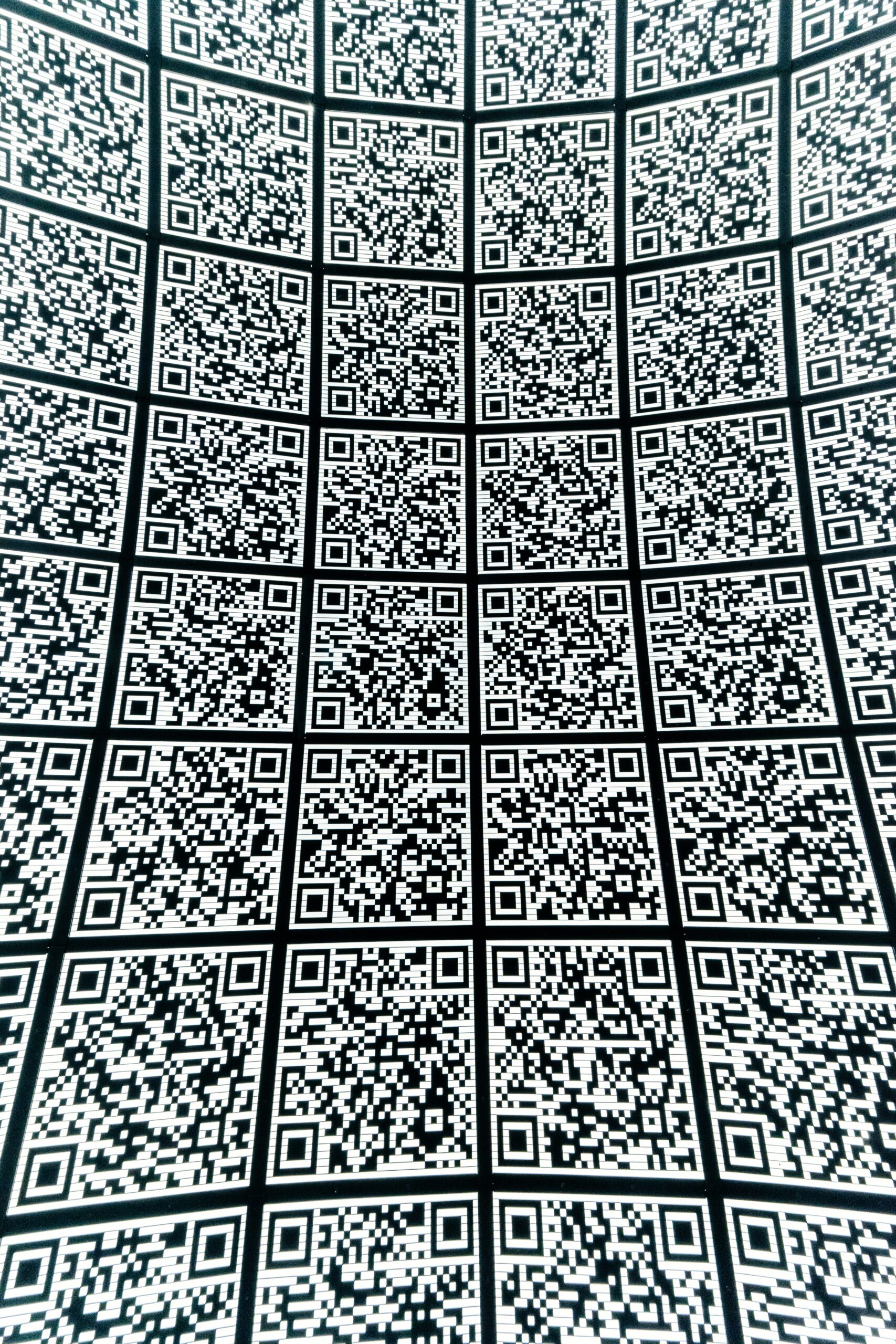Introduction to QR Codes and Their Relevance
QR codes, or Quick Response codes, are two-dimensional barcodes that can be scanned using a smartphone camera to quickly access information or a website. Originally developed in the automotive industry for tracking parts, these codes have now permeated various sectors, including local business marketing. The resurgence of QR codes can largely be attributed to their ease of use and the growing prevalence of smartphones, which have made scanning QR codes a seamless experience for consumers.
The COVID-19 pandemic significantly accelerated the adoption of QR codes, particularly as businesses sought to minimize physical contact and enhance hygiene. Restaurants, retail stores, and other local businesses quickly adopted QR codes for purposes such as digital menus, contactless payment options, and access to promotional information. This shift toward contactless technologies has underscored the utility of QR codes in providing a safe, efficient, and versatile means of communication and transaction.
For local businesses, QR codes offer a unique opportunity to engage customers in a manner that is both innovative and practical. By incorporating QR codes into their marketing strategies, businesses can provide instant access to detailed product information, special offers, and customer reviews, all of which can enhance the customer experience and drive sales. The ability to track and analyze the usage of QR codes also provides valuable insights into consumer behavior, enabling businesses to refine their marketing efforts for better results.
In an era where consumers increasingly value convenience and safety, QR codes present a simple yet powerful tool for local businesses looking to stay competitive. Their versatility and ease of implementation make them particularly well-suited for small to medium-sized enterprises seeking to maximize their marketing impact without significant investment. As we delve further into the practical applications and benefits of QR codes, it becomes clear that these small, scannable squares hold substantial potential for local business marketing.
Creative Ways to Implement QR Codes in Marketing Campaigns
QR codes have become an indispensable tool in local business marketing, providing a seamless bridge between offline and online experiences. One innovative way to utilize QR codes is by incorporating them into traditional printed materials such as business cards, flyers, and posters. By scanning these QR codes, potential customers are instantly directed to websites, social media profiles, or even engaging video content. This not only captures their interest but also provides a convenient way to access more information about your business.
Another effective strategy is to integrate QR codes within in-store displays. For example, placing QR codes next to products can offer customers additional details, such as specifications, customer reviews, and special promotions. This enriches the shopping experience, making it more interactive and informative. Similarly, QR codes can be used in window displays to tempt passersby with exclusive offers or to showcase new arrivals, enticing them to step inside.
Direct mail campaigns can also benefit from the inclusion of QR codes. When recipients scan these codes, they can be directed to personalized landing pages, exclusive discount codes, or even a virtual tour of your store. This personalized touch can significantly enhance customer engagement and drive conversions.
Real-world examples of successful QR code implementations abound. For instance, a local café used QR codes on their takeaway coffee cups, leading customers to a video series on how to brew the perfect cup of coffee at home. This not only enhanced customer loyalty but also positioned the brand as an authority in the coffee industry. Similarly, a boutique clothing store included QR codes in their seasonal catalogues, linking to a lookbook video that styled their latest collection, driving online sales and in-store visits.
These case studies illustrate the potential of QR codes in creating dynamic and interactive marketing campaigns. By strategically integrating QR codes, local businesses can enhance customer engagement, provide valuable information, and ultimately drive sales.
Enhancing Customer Engagement and Experience with QR Codes
In today’s digital age, local businesses are constantly seeking innovative ways to enhance customer engagement and satisfaction. QR codes have emerged as a versatile tool to drive these efforts. By seamlessly integrating QR codes into various aspects of their operations, businesses can offer customers an enriched and interactive experience.
One prominent application of QR codes is in facilitating easy access to loyalty programs and discounts. Customers can simply scan a QR code to join a loyalty program or redeem special offers. This not only simplifies the process but also encourages repeat business by rewarding customer loyalty. Additionally, QR codes can be used to streamline mobile payments, making transactions faster and more convenient for customers. The ease of mobile payments through QR codes can significantly reduce wait times and enhance the overall shopping experience.
Another effective use of QR codes is in gathering customer feedback. By placing QR codes on receipts, product packaging, or in-store signage, businesses can direct customers to online surveys. This provides a quick and effortless way for customers to share their opinions and suggestions, enabling businesses to gain valuable insights and improve their offerings. Collecting feedback through QR codes ensures that the process is unobtrusive and accessible, leading to higher response rates.
Moreover, QR codes can be employed to share exclusive content, such as behind-the-scenes videos, upcoming event details, or special promotions. By scanning a QR code, customers can gain access to content that deepens their connection with the brand. This exclusive content can create a sense of community and engagement, fostering a stronger bond between the business and its customers.
In essence, the strategic use of QR codes can significantly enhance customer engagement and experience. By making interactions more convenient, providing valuable rewards, and offering exclusive content, businesses can leverage QR codes to build a loyal customer base and drive long-term success.
Best Practices for QR Code Design and Implementation
Effective design and implementation of QR codes are crucial for maximizing their potential in local business marketing. Ensuring that QR codes are easily scannable should be a top priority. This begins with selecting a high-contrast color scheme, typically black and white, to enhance readability. Additionally, maintaining a clear, uncluttered surrounding area, also known as the “quiet zone,” around the QR code is essential to prevent interference during scanning.
Choosing the right size for the QR code is another critical factor. The size should be proportional to the distance from which it will be scanned. For instance, QR codes intended for print media such as flyers, business cards, or posters should be at least 1 x 1 inch. Conversely, codes displayed on larger surfaces like billboards or storefronts may need to be significantly larger to ensure they are easily scannable from a distance.
Placement is equally important. QR codes should be positioned in high-traffic areas where they are easily visible and accessible to potential customers. Consider placing them at eye level or on flat surfaces where users can comfortably scan them without obstruction. Testing the QR codes across various devices and scanning applications is also vital to ensure compatibility and functionality. This step helps identify any potential issues that could hinder user experience.
Tracking and analyzing scan data is an invaluable practice in measuring the success of QR code campaigns. Utilize analytics tools to monitor metrics such as the number of scans, the time of day when scans occur, and the geographical locations of the users. These insights can highlight trends and identify areas for improvement. Adjusting marketing strategies based on this data enables businesses to optimize their approach, ensuring that QR code campaigns remain effective and relevant.
By adhering to these best practices in QR code design and implementation, local businesses can enhance their marketing efforts, leading to improved customer engagement and a stronger market presence.



